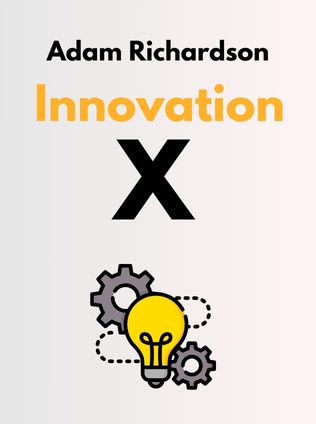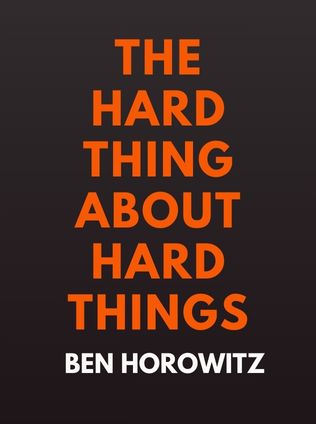
Innovation X
Why a Company’s Toughest Problems Are Its Greatest Advantage
By Adam Richardson
Published 02/2010
About the Author
Adam Richardson is a creative director at frog design inc., a global innovation and design consultancy. Throughout his career, Richardson has collaborated with renowned companies such as HP, Intel, Yahoo!, Motorola, and Logitech. He holds a Bachelor of Fine Arts in industrial design from the California College of Arts and a multidisciplinary Master of Arts from the University of Chicago. His diverse educational background and professional experience uniquely position him to address the complexities of innovation in the modern business landscape.
Main Idea
In "Innovation X: Why a Company's Toughest Problems Are Its Greatest Advantage," Richardson redefines the concept of innovation in the business world. He introduces the concept of X-problems—complex challenges that traditional methods cannot address but that offer significant opportunities for groundbreaking innovation. Richardson argues that these problems, when tackled correctly, can provide a competitive edge and drive substantial growth.
Table of Contents
- Introduction
- The Problem Is the Problem
- Living in an X-Problem World
- Wicked Problems
- X-Problems
- The Innovation X Framework
- Immersion
- Convergence
- Divergence
- Adaption
- Strategy
- Organization
- Truths
Introduction
Richardson begins by comparing X-problems in the business world to dark matter in the universe—mysterious and elusive, yet profoundly influential. These problems often go undetected until their effects become apparent, such as failed products or frustrated organizations. He asserts that while innovation is widely discussed, it is frequently misunderstood and poorly executed. The solution lies in reframing how we approach these complex issues.
"In the business world, something equally enigmatic is interfering with our ability to be consistently successful at innovation." - Adam Richardson
The Problem Is the Problem
Richardson emphasizes that innovation itself is not the problem; rather, the nature of the problems companies face has evolved. These new challenges, or X-problems, arise from factors such as disruptive competition, more demanding customers, and the need for integrated systems. Traditional methods fall short in addressing these multifaceted issues.
Companies must develop a nuanced understanding of these problems to innovate effectively. This involves recognizing that X-problems are complex and interconnected, requiring holistic and adaptive approaches.
Living in an X-Problem World
Innovation effectiveness, not quantity, should be the goal. Companies must focus on identifying and solving problems that no one else has recognized. This requires a deep understanding of customer needs, emerging trends, and competitive landscapes. The pursuit of innovation without clear objectives or understanding can drain resources and yield little value.
HP's experience illustrates the complexity of X-problems. The company expanded into new markets and integrated multiple products and services, yet faced significant challenges in achieving cohesive innovation. The lesson is clear: successful innovation demands strategic alignment and a comprehensive approach to problem-solving.
Wicked Problems
Wicked problems, a concept from urban planning, are characterized by high ambiguity, complexity, and risk. These problems defy simple definitions and solutions. Richardson explains that X-problems share these traits but are further complicated by competitive pressures and evolving customer expectations.
"The challenge with wicked problems is that neither the problem nor the solution is known." - Adam Richardson
To tackle wicked problems, companies must embrace uncertainty and iterative approaches. The process of solving these problems often uncovers new dimensions and requires continuous adaptation.
X-Problems
X-problems are a refined subset of wicked problems, defined by the presence of competition, demanding customers, and the need for integrated solutions. These problems require a strategic framework to navigate effectively. Richardson introduces the Innovation X framework, which comprises four methods: immersion, convergence, divergence, and adaption.
Sign up for FREE and get access to 1,400+ books summaries.
You May Also Like
The Lean Startup
How Today's Entrepreneurs Use Continuous Innovation to Create Radically Successful Businesses
By Eric RiesWho Moved My Cheese?
An Amazing Way to Deal with Change in Your Work and in Your Life
By Spencer Johnson, M.D.Make Your Bed
Little Things That Can Change Your Life...And Maybe the World
By William H. McRavenThe Ride of a Lifetime
Lessons Learned from 15 Years as CEO of the Walt Disney Company
By Robert IgerThe Hard Thing About Hard Things
Building a Business When There Are No Easy Answers
By Ben Horowitz



















